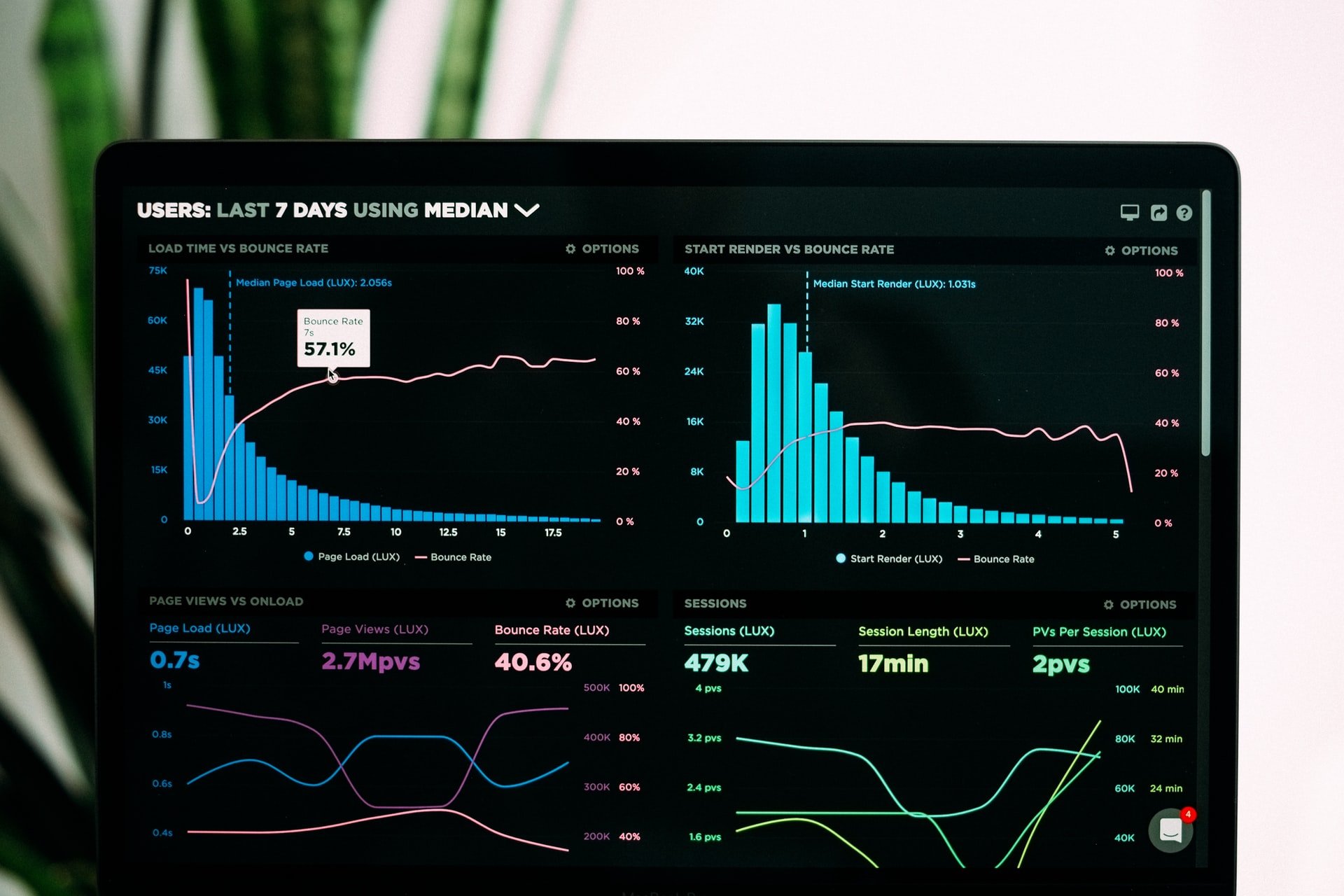Social media offers plenty of opportunities for marketing eCommerce brands.
How?
An average person spends over an hour and 40 minutes browsing his social media feed every day.
Add to that the influx of new people joining these networks with each passing day. With technology giants like Google, Facebook and Tesla launching balloons, drones, and satellites to provide internet access to every corner of the world, it’s inevitable that most of the global population would come online.
As of today, there are 2.67 billion social media users. That’s over a third of the world population. By 2021, the number will likely surpass 3.01 billion.
This kind of social media accessibility gives plenty of opportunities for marketing your brand, especially for eCommerce.
Various studies have elaborated on the usefulness of personalized recommendations. Personalized recommendations can improve conversions by as much as 400%. Social media networks use the power of a global network to channel opinions and product reviews thus driving product purchases.
There’s also the fact that simply seeing a product on one of many social media channels prompts to purchase. This placement reinforces brand value searing the brand’s image and name into people’s minds.
As such, social media is the place to be.
However, without a proper analytics and tracking system, it’s nearly impossible to observe and build on what works.
Some of the most important social channels are:
In this post, we will discuss the opportunities that these social media channels provide for eCommerce businesses along with the risks associated with harnessing its power.
An average person spends over an hour and 40 minutes browsing his social media feed every day. Share on XHow to use different channels to leverage the power of Social Media?
Users especially millennials, rely on user-generated content to understand and see if a particular brand is worthy of their trust.
eCommerce by virtue of the nature of the business offers plenty of opportunities for user-generated content.
IKEA does something similar on Twitter.
IKEA creates and shares details about contests with the hashtag MakeRoomforIKEA on their Twitter page. These contents encourage participation among customers.
It could be a discount on a particular set of products or a workshop at one of many IKEA stores.
Additionally, browsing through their Twitter page one can find a subtle mix of rich photography displaying products spread across niches.
Similarly, a clothing store could encourage customers to wear their style and send the pictures to them which could then be posted on their social media channels. This could encourage other customers into purchasing those products.
Airlines could ask flyers to post their vacation pictures and so on and so forth— which could then be posted on the Pinterest, Instagram, and Facebook networks.
Such steps improve brand perception and help customers see the brand humane and friendly.
The data states that there are over 800 million active monthly users on Instagram. Of these users, 200 million of them visit a business profile each day.
In 2017, the number of businesses using Instagram increased to 70.7%. This is compared to 48.8% in 2016. Are brands increasingly moving to Instagram?
Why?
According to Instagram, 80% of users follow at least one business on Instagram.
There’s another reason too. Some types of content perform really well on the platform.
Here’s an example.
Brands like Gap that understood that Instagram is primarily a visually driven platform that thrives on videos are doing really well.
For instance, during the Spring season, clothing brand Gap posted over a dozen 15-second videos on Instagram that broached topics like romance, fluctuations in relationships, changing nature of love and unpredictability of spring in a series titled weird spring.
This is what creators say about the success on the platform for the mini-series: “The videos have outperformed any other video content we’ve launched on Instagram, in terms of engagement, and our paid media performance is outperforming our expectations. Some of the more interesting things we are seeing are people predicting what will happen next, asking where they can buy the products featured or just generally expressing their love for the series and the talent.”
When Oakland Raiders leveraged paid ads on Facebook they witnessed a 1900% increase in conversions compared to posts that drove only organic traffic.
Also, UGC is gaining much traction on the platform.
According to a study from Mavrck, UGC posts on Facebook featuring brands showed 700% higher engagement than brand-generated posts. The report was based on a study that analyzed 2.5 million posts on the social media giant.
Many brands are jumping head-first to the vast potential of UGC.
For instance, luxury watch retailer Shinola has UGC campaigns at the front and center of their Facebook page.
None of the photos posted on the page belong to the brand but are entirely user-generated. Customers of the brand feel product about owning watches and Shinola obtains permission from them when posting those on their fan page.
This has contributed to immense growth for the brand, its engagement and brand value.
What’s the need for a positive brand image?
A lot of the brands seen above are working hard at creating a positive brand image.
Here’s why.
Bazaarvoice’s research shows that a lot of benefits are associated with brands who work towards a positive brand perception.
41% of consumers begin to trust a brand that exudes a positive perception. Trust increases conversions and ups revenue. 14% of customers think that brands that look positive have “products that are high quality.”
Which Social Media metrics really matter?
- Traffic generated from each channel— the number of visitors generated from each social media channel for a post.
- Bounce rate—It’s the measure of the percentage of visitors who navigate away from the site after viewing a single page.
- Conversion Rates—It’s the measure of the percentage of visitors who take the desired action: filling a form, purchasing something, downloading a lead magnet.
How to measure different metrics on Social Media?
A) Track which social media website generates the most traffic
All social media traffic is clubbed under Social in Google Analytics and if you leave it at that you’ll forever spend your time working each social media site.
By diving down deeper you’ll discover which sites are contributing the highest traffic and you might be able to glean some surprising insights doing so.
For instance, it might be Facebook that’s contributing over 90% of the traffic being driven.
One channel might also convert traffic into leads in a much better way than the other.
Using an Analytics tool like Google Analytics, you can go to Acquisition tab and click on All channels to have a close look at the traffic and conversions the channel’s generating.
Go to Acquisition > All Traffic > Channels.
Among the channels displayed clicking on “Social” lists all social media networks that sent traffic to the site.
There you can see individual traffic generated from each network.
B) Measure the bounce rate
Measure the bounce rate of visitors dropping by from social media channels vs traffic from direct sources and search engines.
Is the traffic generated from social media finicky?
A high bounce rate could indicate that visitors aren’t finding what they came looking for.
How to measure that?
Using the same method above go to Acquisition>>All traffic>>Social to find channels sending traffic and listed next to that data you’ll see details on bounce rate specific to each network.
C) Measure conversions
Use the Google URL builder to add custom tracking parameters like channel, content and campaign source to the URL that you’ll be posting on social media.
Here’s how you can make that happen.
Go to the Social tab>>Overview and browse down till you find an option that allows you to set up a new goal.
You’ll be able to define various options like the ones seen below:
This way you’ll be able to track conversions.
With the right data at hand, you’ll be able to measure and track which social media channels are sending the most traffic, how that traffic fares in terms of conversions and the revenue slice achieved through each social media post.
This helps you leverage what works.
The data says that there are over 800 million active monthly users on Instagram. 200 million of them visit a business profile each day. In 2017 the number of businesses using Instagram increased to 70.7%. Share on XPotential risks of social media marketing for eCommerce brands
Don’t be drawn into vanity metrics. Vanity metrics are metrics that don’t really correlate with metrics that really matter. Some of the metrics which are important include engagement, cost of generating new customers and so on. These metrics can be easily manipulated and don’t relate to things like revenue. Just like conversions are a splendid metric to track, it’s easy to get carried away by vanity metrics. Some examples of vanity metrics include:
- Number of followers
- Number of comments or likes
- Number of downloads to free eBook
Such metrics look good on paper but do little to increase revenue. You should be tracking metrics that drive conversions rather than metrics that look good.
Risks of eCommerce Social Marketing
Marketing on eCommerce isn’t free of risks.
Just as the probability of success increases a lot with the power of sheer numbers on social media, so does that chance for serious failures.
With the wide reach that social media affords comes the sword of Damocles hanging in the balance. Any social media mistake can quickly blow out of proportion and cause unprecedented damage to your online reputation.
For instance, immediately after the Boston Marathon, Adidas tweeted this: “Congrats on surviving the Boston marathon”. Most people had a visceral reaction to the tweet since it evoked images of Boston bombing and deaths that followed.
This went viral for all the wrong reasons. The company realizing the mistake was quick to offer an apologetic tweet but it was too late to salvage the damage done.
Considering the potential reach that social media offers, it’s wise to double check what it is that you post to the network. Visibility campaigns should be carefully thought out so that they don’t become cringe-worthy.
Concluding thoughts
So what are you waiting for?
Despite the risks, social media offers the greatest opportunity of the millennium to get your message across.
Social media begat revolutions and changed the course of history for many nations. When you post something to the network, you’re wielding the same power that can either make or break your brand.
Reach out to RHD today to solve eCommerce business challenges.










